
Nikko D-100 III Stereo Cassette Deck

This product is missing a good quality picture. You can provide a picture taken by you from your own deck, or send us scanned picture of this deck taken from the original manufacturer brochure by clicking this text.







The Nikko D-100 III is a stereo cassette deck with Dolby B and C and DBX noise reduction, it was introduced by Nikko in 1987 with a manufacturer suggested retail price of USD $700 and discontinued a year later.
The main features of the Nikko D-100 III are: 3 heads and off-tape monitoring, electronic linear tape counter with 4 digits, tape type selection with support for normal, chrome and metal tapes, belt driven dual-capstan transport.
Typical front loading cassette deck with the cassette compartiment located on the left side of the deck. Tape eject is operated mechanically and the cassette needs to be placed with the side to be played facing forward in the cassette well.
Level meters used on the D-100 III are generic digital peak reading meters. Full-logic transport controls used on the D-100 III let it respond to the slightest finger contact for fast and effortless transport function selection.
To ensure the best response from the wide variety of tapes available adjustment of, bias, to optimum levels can be performed prior to recording.
Dolby C-type used in the D-100 III provides 20 dB of noise reduction above about 1,000 Hz, fully doubling the amount given by B-type. Dbx Type II found in the D-100 III is a simplified version of the Type I noise reduction system. The dbx Type II system was designed to be used with systems with limited bandwidth such as cassette based recorders and also uses a simple 2:1:2 compander to reduce noise. To further maintain recording accuracy, the D-100 III incorporates a switchable multiplex filter. When you record FM stereo broadcasts, the MPX filter of the D-100 III can be swiched on to prevent the standard 19kHz FM pilot signal from interfering with the noise reduction system.
To make live recordings this deck has 2 microphone inputs to connect microphones with a jack connector. For undisturbed listening a jack connector for a pair of stereo headphones is supplied. Connection to other audio components for plaback can be achieved by a RCA cable and recording from a source by a RCA cable. All main transport commands can be issued remotely with a wired remote control.

- ABPS (Automatic Bias Programming System)
- DBX And Dolby Noise Reduction System
- Two Motor IC Logic
- DPSS (Direct Program Song Selection)
- 3 Head
- Silent Mechanism
- RPSS (Random Program Song Selection)
Historic events
Features of Nikko D-100 III
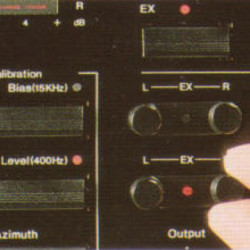
 Manual Bias Calibration
Manual Bias Calibration
 Auto Bias Calibration
Auto Bias Calibration
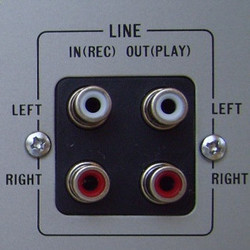
 2 Mono Microphone Inputs
2 Mono Microphone Inputs
 RCA Input/Output Connectors
RCA Input/Output Connectors
 Headphones
Headphones
 Wired Remote Control
Wired Remote Control
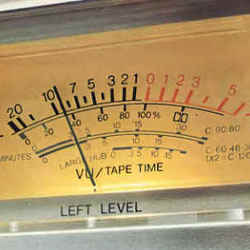
 Digital Peak-Reading Meters
Digital Peak-Reading Meters
 Linear Tape Counter
Linear Tape Counter
 4-Digıt Digital Counter
4-Digıt Digital Counter
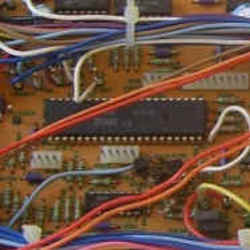
 Record Protection
Record Protection
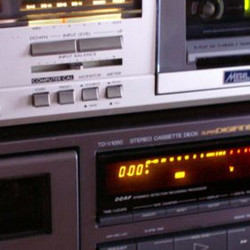
 Orientation Left
Orientation Left
 Black Finish
Black Finish
 Front Loading
Front Loading
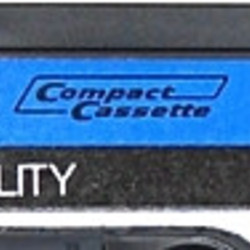
 Stereo
Stereo
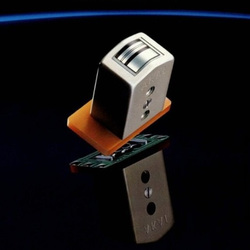
 3 Head Desiǥn
3 Head Desiǥn
 4 Track / 2 Channel
4 Track / 2 Channel
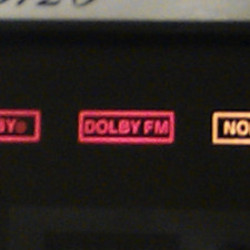
 Source/Tape
Source/Tape
 Metal Tape
Metal Tape
 Cassette Back Lighting
Cassette Back Lighting
 Chrome Tape
Chrome Tape
 Normal Tape
Normal Tape
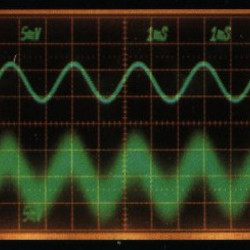
 Dolby-B Noise Reduction
Dolby-B Noise Reduction
 MPX Filter
MPX Filter
 Dolby-C Noise Reduction
Dolby-C Noise Reduction
 DBX Type II Noise Reduction
DBX Type II Noise Reduction
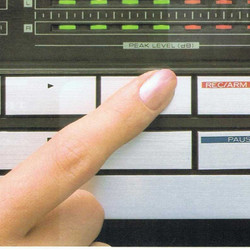
 Music Scan
Music Scan
 Full Logic Transport Control
Full Logic Transport Control
 Timer Recording/Playback
Timer Recording/Playback
 Record Mute
Record Mute
 Intro Scan
Intro Scan
 Auto-Space
Auto-Space
 Real-Time Tape Monitoring
Real-Time Tape Monitoring
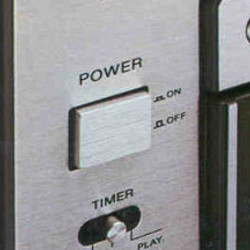
 Alternating Current
Alternating Current
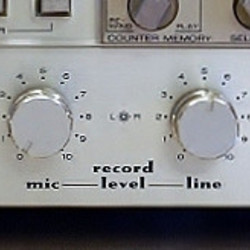
 Individual Input Level Controls
Individual Input Level Controls
 Output-Level Control
Output-Level Control
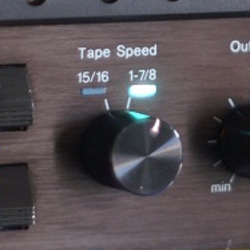
 1⅞ ips - 4.76 cm/s
1⅞ ips - 4.76 cm/s
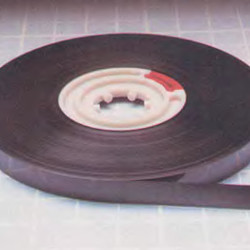
 Normal Tape Capabılity
Normal Tape Capabılity
 Chrome Tape Capabılity
Chrome Tape Capabılity
 Metal Tape Capabılity
Metal Tape Capabılity
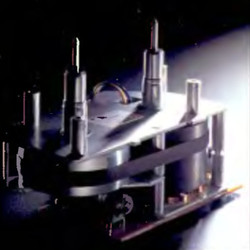
 2x Motor Mechanism
2x Motor Mechanism
 Auto Shutoff
Auto Shutoff
 Mechanical Tape Loading
Mechanical Tape Loading
 Dual-Capstan Transport
Dual-Capstan Transport
 Belt Drive (Capsŧan)
Belt Drive (Capsŧan)
Shop Nikko D-100 III items currently for sale
The products for sale contains items that link to partners of CassetteDeck.org and may result in us receiving commission from purchases made.
Similar to Nikko D-100 III from the period 1987 - 1988
Copying product information from this page and use it in your auction or on your website is allowed only if you submit a picture of the Nikko D-100 III to us. This picture has to be made by yourself, showing the deck with its entire front and containing no watermarks or logos. In case we discover that you copied Nikko D-100 III content without sharing images in return then you give us the right to use the content on the page where you used our Nikko D-100 III information.









